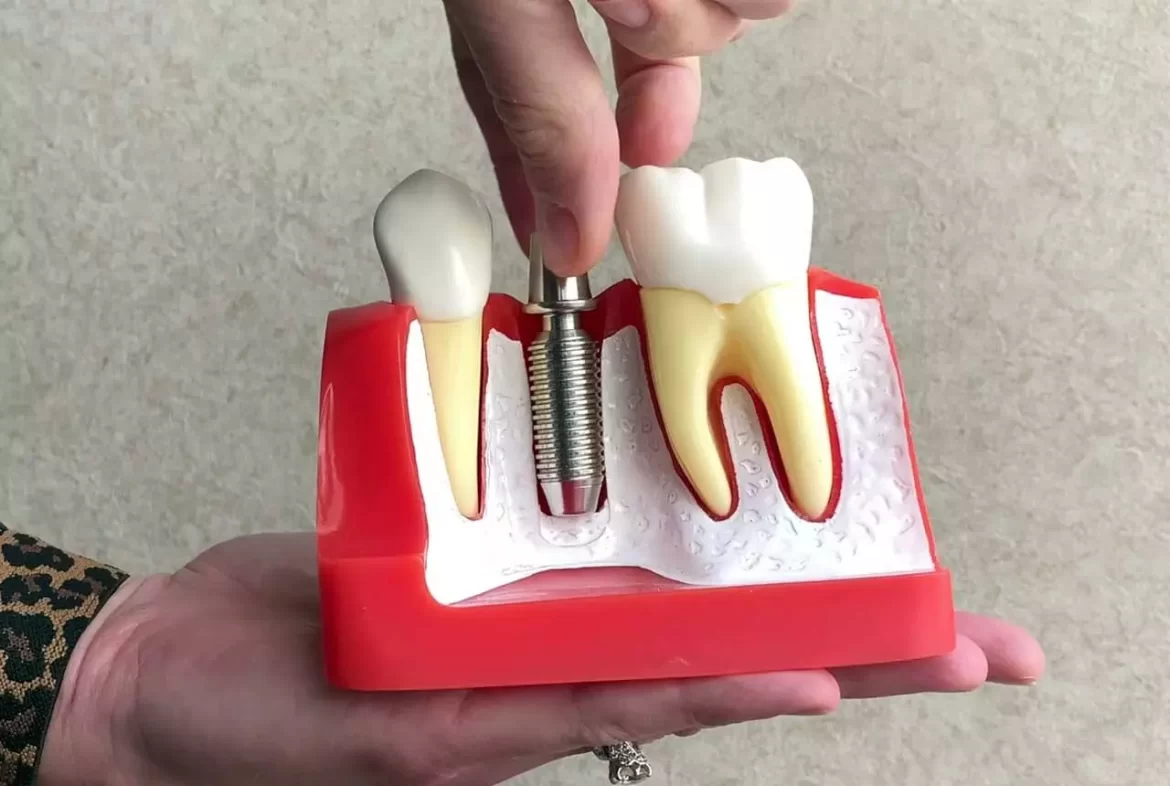Different Types of Dental Implants – Endosteal Vs. Subperiosteal Implants
In Philadephia, people believe in maintaining overall health, and oral health is a part of it, which is given ample attention as well. Dental implants play a crucial role in providing people with therapeutic options for their missing teeth. They are durable and, therefore, in demand by the residents of Philadelphia.
The most commonly used dental implant types include endosteal and subperiosteal implants. Endosteal implants are directly put in the jawbone of a patient, while subperiosteal implants are placed below the gum tissue.
They both have different characteristics that need to be known to people in order to make the right choice as per their specific needs and requirements. Get in touch with a dentist to get the right dental implants in Northeast Philadelphia.
Let us look at the critical differences in these two types of implants:
Having proper bone density for endosteal implants.
Endosteal, in order to be fixed in the jawbone, requires proper bone density to ensure durability and longevity. People with insufficient bone density are not eligible to get dental implants as their implants might fail. In order to get adequate bone density, bone grafting methods can prove to be helpful for patients. Dentists use 3-D imaging techniques to determine bone density and quality in patients.
Determining eligibility criteria for patients
One option or alternative for people with inadequate bone density is subperiosteal implants, especially those who are not even eligible for bone grafting. Patients can get subperiosteal once the dentist makes a thorough assessment of dental health, thereby determining whether the patient is eligible for the procedure or not.

In terms of stability and durability of implants
People more commonly use endosteal implants as they have high success rates and provide patients with stability and durability. However, it would help if you had adequate bone density in order to have endosteal implants. On the other hand, subperiosteal implants are also a good option and do not require sufficient bone density. However, they may not provide the same stability and durability as endosteal implants.
Surgical procedure in case of both implants
The surgical procedure differs for both implants. Endosteal is a two-stage process involving the placement of the dental implant into the jawbone and then the placement of the artificial or prosthetic tooth. On the other hand, subperiosteal implants do not require many stages, but the metal framework needs to be placed with precision.
Choose the correct option by thoroughly assessing your dental health!
Determining the suitability of dental implants involves a professional’s ability to assess various aspects of dental health. They can then tell you which dental implant will be more effective and suitable for you.

